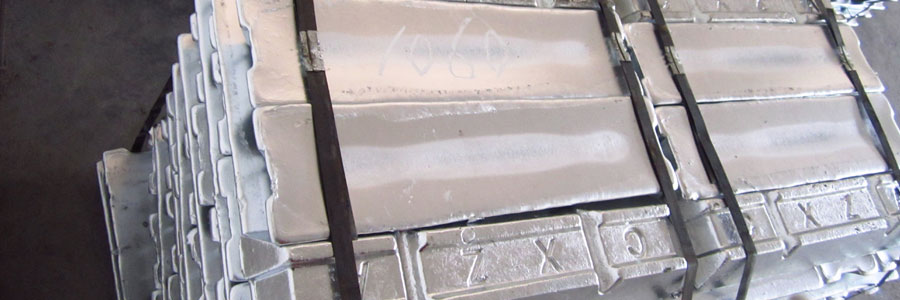Causes of undercasting of die-casting parts - PTJ Manufacturing Shop
undercasting of die-casting parts
| In the production process, die castings will encounter many quality problems, that is, they are common quality defects of die castings, and under-casting is one of the defects. |
 The reasons for the under-casting of the die-casting parts are based on the following analysis:
The reasons for the under-casting of the die-casting parts are based on the following analysis:
During the forming process of die-casting parts, some parts are incompletely filled, which is called under-casting. When the area of under-casting is serious, it can be regarded as the shape of the casting which does not meet the requirements of the drawings. Usually about under-casting is not allowed.
The reasons for the under-casting are:
1) Poor filling conditions, irregular condensed metal in the under-cast part;
When the pressure is insufficient, insufficient, and the metal at the front of the activity solidifies too early, causing under-casting of corners, deep depressions, thin walls (even thinner than the average wall thickness), and cylindrical hole walls.
The mold temperature is too low;
The alloy pouring temperature is too low;
The position of the gate is not good and a large resistance to movement is formed.
2) Gas obstruction, surface lubrication of under-cast part, but irregular shape
It is difficult to open the part of the overflow system and accumulate gas;
When the molten metal is active, the turbulence is intense and the gas is wrapped.
3) Residues in plastic mold cavity
Improper use of the coating or spraying method results in localized coating deposition.
The inserting gap of the molded part is too large, or the sliding cooperation gap is too large, and the metal is poured into the filling. After the casting is taken out, it is not completely taken out and presents a sheet-like clip on the slit. When the sheet metal (metal sheet, the thickness of which is the size of the slit) protrudes more from the surrounding profile, the height of the protrusion is changed to the wall thickness of the casting in the case of clamping. In the future, the casting will have a groove for penetration (for wall thickness). This penetrating groove becomes a special form of under-casting. This under-casting phenomenon occurs mostly in the case of a deep cavity composed of inlaid pieces.
Insufficient pouring (including excess material section).
On the vertical die casting machine, when the shot is pressed, the lower punch moves down to make the nozzle opening insufficient, resulting in a series of poor filling conditions.
|
PTJ Machining Capabilities |
|
Automatic Bar Machining – Multi-spindle cam automatic screw machines CNC Turning – CNC delivers peak cost efficiency in shorter volumes, as well as high capacity production of mechanically simple components Custom Machining - with up to 12 axes of control Multi Spindle Machining- ISO 9001:2015 certified Screw Machine Products – The number of customized production parts per hour can reach 10000pcs Swiss Machining – with up to 9 axes of CNC control, to produce precision components with complex geometries in one operation High Volume Machining – 100 Advanced Production Turning Bar Automatics On-line and Ready CNC Milling - Machining Fully compliant with the exacting requirements of our customers 5 axis (11 axis) Machining – Tolerance | 0.1mm alignment |
What Can we help you do next?
∇ Get more information about cnc machining Shop
→Case study-Find out what we have done.
→Ralated tips about cnc machining services
By PTJ Manufacturing Shop|Categories: Blog|Tags: cnc milling services, cnc turning services, milling parts, turning parts, machining parts, special parts,faqs,technical news,company news,material news |Comments Off
